The most crucial decision a player has to make when playing Teamfight Tactics is choosing which combination of Classes and Origins will be the key to success in each lobby.
Here’s our Class and Origin iter list for Teamfight Tactics Galaxies. This tier list should give you a better understanding of the power of each Class and Origin, as well as their strengths, weaknesses, and place in the current metagame.
S tier (The very best)
- Rebel (Origin)
- Cybernetic (Origin)
These two compositions are absolutely dominating the metagame as of Patch 10.6 and there just aren’t any teams that can rival them consistently.
Rebel characters gain a shield and bonus damage for each adjacent Rebel. The shield lasts for eight seconds, but a full stack of Rebels on top of one another can prevent any real damage from being taken for the duration of that shield. This composition also has a five-cost Rebel champion in Aurelion Sol that can solo kill the entire enemy board with a few good items. The only downside to playing Rebels is that they’re highly contested, meaning there will most likely be a few other players in each game trying to roll for your champions.
The Cybernetic Origin is a little bit less consistent than the Rebel composition but much less contested. It may possibly have the highest ceiling of any composition. It usually plays Kayle, Irelia, Miss Fortune, and Ekko, making it a dynamic and aggressive team. Cybernetic champions with at least one item gain health and attack damage, so with six of them, you will see your Irelia or Kayle with a bonus 800 health and 80 attack damage. That’s scary.
A tier (Consistently strong)
- Protector (Class)
- Mystic (Class)
- Mech Pilot (Origin)
- Blademaster (Class)
- Blaster (Class)
- Starship (Class)
These Classes and Origins can be used in conjunction with other S or A tier options to create viable compositions.
Perhaps one of the closest things the game has to counter the dominant Rebel Origin is the combination of Protectors and Mystics. Protectors shield themselves for four seconds whenever they cast a spell and Mystics give all allies magic resistance. This combination makes a character like Rakan or Xin Zhao, who can also heal with their attacks since they’re of the Celestial Origin, essentially unkillable. Playing this composition is a little tricky, though, because it hinges on three starring either one of these two characters.
Mech Pilot is a solid build that should always make it into the top four of each game. At the start of combat, three Mech-Pilots are teleported into a Super-Mech. The Super-Mech has the combined health, attack damage, and traits of its pilots, as well as three random items from among them. When the Super-Mech dies, the pilots are ejected, granted 25 mana, and continue to fight. This is essentially a built-in Guardian Angel for each Mech-Pilot, making this team quite durable.
The Blademaster Class isn’t quite as strong as it was in previous sets as a standalone carry composition. But seeing as though it shares so much crossover with the Cybernetic and Rebel traits, Blademaster is an easy and useful synergy to tag on in the late game. Blademasters’ basic attacks have a chance on hit to trigger two additional attacks against their target. These additional attacks deal damage like basic attacks and trigger on-hit effects. Characters like Kayle and Irelia need this synergy to reach their full damage potential.
Blasters are great, high damage, and versatile characters. They slot easily beside Brawlers and Chronos to make a simple and effective composition. Every fourth basic attack from a blast fires additional attacks at random enemies. These additional attacks deal damage like basic attacks and trigger on-hit effects. To win with Blasters, you’ll need a two-star Jinx and a two-star Miss Fortune with full items. Otherwise, other teams will out damage you.
Starships gain 20 mana per second, maneuver around the board, and are immune to movement impairing effects, but can’t basic attack. Aurelion Sol is the only Starship character in this set right now and might just be the best carry in the game. He’s also a Rebel—enough said.
B tier (Respectable)
- Brawler (Class)
- Infiltrator (Class)
- Dark Star (Origin)
- Chrono (Origin)
- Demolitionist (Class)
- Sorcerers (Class)
Each of these Classes and Origins can easily place in any TFT lobby, but they require a touch of luck in the rolling of champions or items if they want to win.
Brawlers see a lot of play as a secondary Class in Cybernetic or Blaster compositions but don’t make for a particularly threatening synergy to build around. With four Brawlers on the field, they’ll gain 750 bonus health, which will make your frontline tanky but won’t win you a match.
Infiltrators are similar to the Assassins of the previous sets. They move to the enemy’s backline and gain attack speed for six seconds at the start of combat. Usually built with Mech-Pilots or Dark Star, Infiltrators are perfect at killing or distracting the enemy’s backline. If you’re losing to a team that has one really buff character tucked away in the back corner, try Infiltrators and line them up so they jump straight onto that pesky enemy carry.
The Dark Star trait can be devastating in the mid to late game if you’re able to roll into six Dark Star early. When a Dark Star champion dies, it gives increased damage, plus any previous stacks of this effect, to the nearest ally Dark Star champion. The six Dark Star champions have great synergy in a fight. Lux provides great crowd control, while Shaco and Jhin pincer the enemy team from opposing ends of the board. If you can’t three-star Shaco or Jhin, then a Miss Fortune might be needed in the late game. Lux is a great item holder for MF early on. Pop a Seraph’s Embrace and Morellonomicon on her and she acts as a third carry.
Chrono is a neat buff that helps most Blaster and Sniper compositions by providing an attack speed buff. It’s impossible to play by itself, but used often nonetheless. Similarly, with Demolitionist, it’s an often played composition since it’s easily acquired alongside Rebels. It’s ability lets Demolitionists stun enemy characters with the first cast of their spell.
Sorcerers are a tricky team to play. A Sorcerer Star Guardian combo is easy to roll for but falls off in the late game and is demolished by a Mystic team. But, alongside the Mech-Pilot Origin, Sorcerers are given some time behind their durable frontline to get their spells off. A three-starred Syndra with full items is one of the scariest things in the game and is usually the win condition for this team.
C tier (Hit or miss)
- Valkyrie (Origin)
- Space Pirate (Origin)
- Celestial (Origin)
- Vanguard (Class)
- Mercenary (Class)
- Star Guardian (Origin)
None of these Classes or Origins are bad, they’re just outperformed by the majority of others.
Valkyrie actually has a high win percentage, but only because it requires just two characters for synergy and those two characters can be Kayle and Miss Fortune. The champions do a lot more for the team than this Origin trait does, though.
Space Pirate is great for building an early-game economy but is irrelevant in the late game. Celestial actually provides a solid amount of healing to allies but is often built merely by chance since so many Celestial characters share Protector or Mystic traits. Vanguard is also another solid trait. It gives a good amount of armor to the frontline, but again, without a complementary synergy, Vanguard won’t place in any lobby.
The Mercenary class allows the player to purchase upgrades in the shop that can make Miss Fortune and Gangplank deal more damage or gain shields when spellcasting, just to name two examples. These are game-changing upgrades but are expensive to buy and still no substitute for a strong synergy or perfect items—especially in the late game.
Star Guardian’s spell casts grant mana to other Star Guardians, randomly spread among them. This Origin trait is only useful in conjunction with Sorcerers and lacks a strong frontline. Against any team with good crowd control, magic resistance, or Infiltrators, this team will struggle.
D tier (Mediocre)
- Mana-Reaver (Class)
- Void (Origin)
- Sniper (Class)
Each of these Classes and Origins can absolutely work in certain situations but should never be relied on.
Mana-Reaver doesn’t affect anything when nearly every team has mana items on their carries. Void is great in conjunction with Sorcerer but slow to get up and running and relies on Annie being in the frontline, which isn’t ideal. Sniper works quite well with Chrono but relies too heavily on a singular carry in Jhin since the other two Snipers in Ashe and Caitlyn are quite weak.
This tier list is a starting point for TFT and it’s bound to change. We’ll make sure to update it as the meta shapes and forms in the months and patches to come.



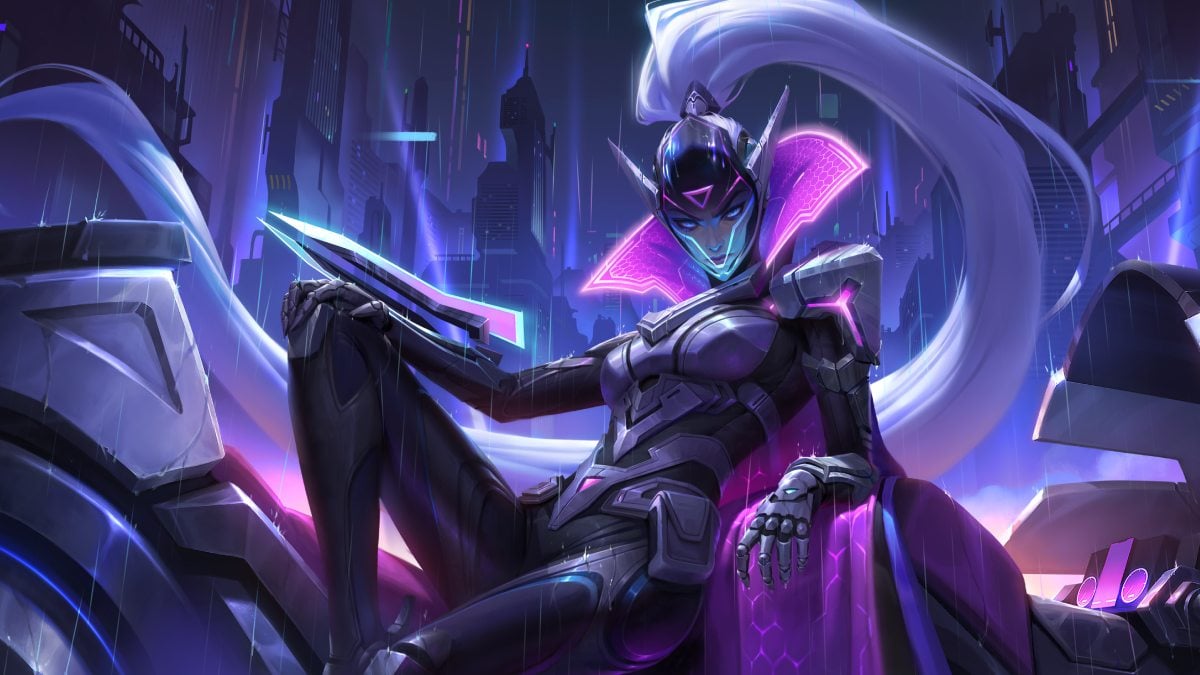
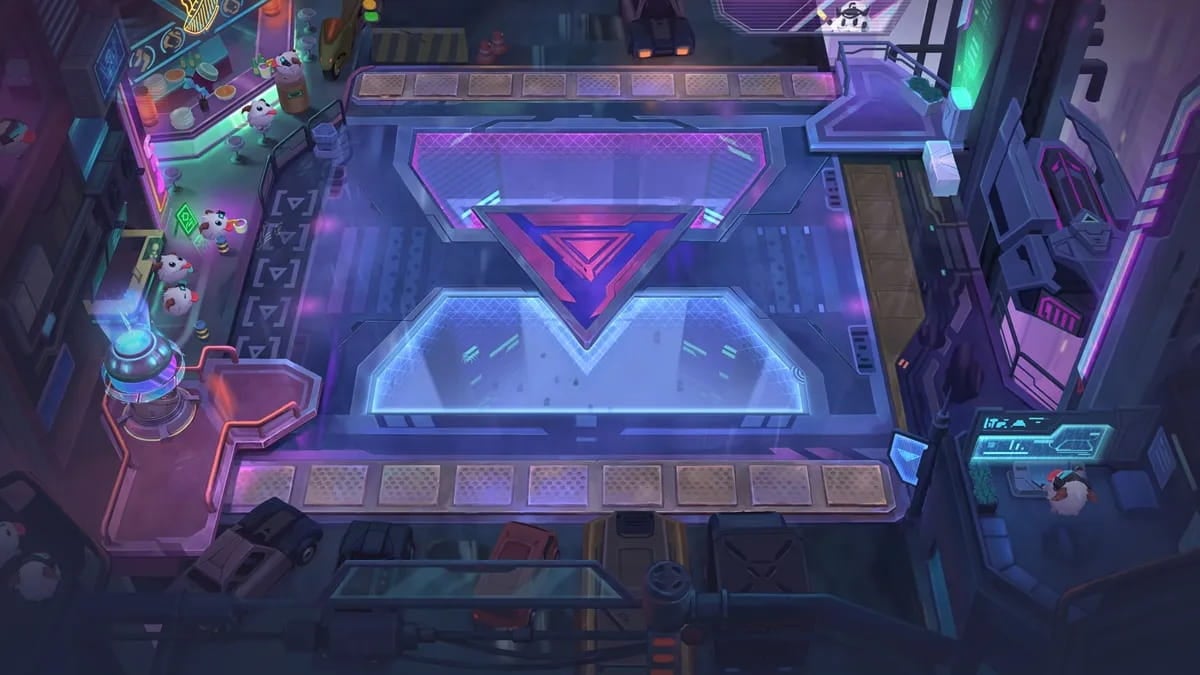
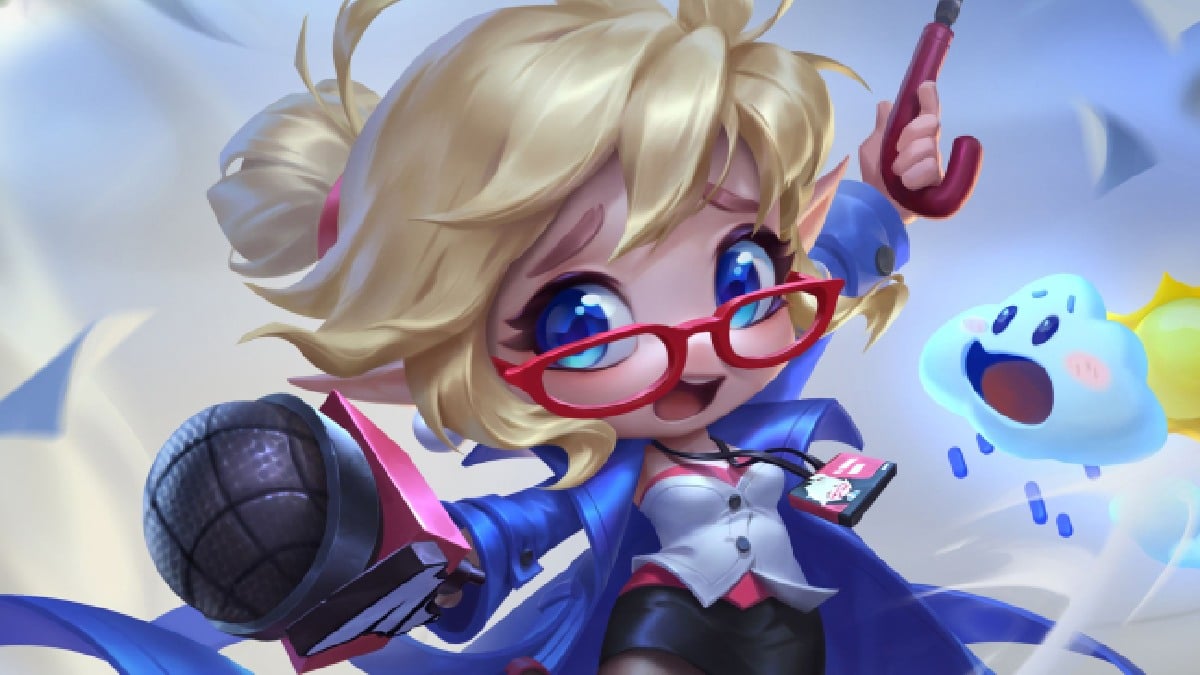
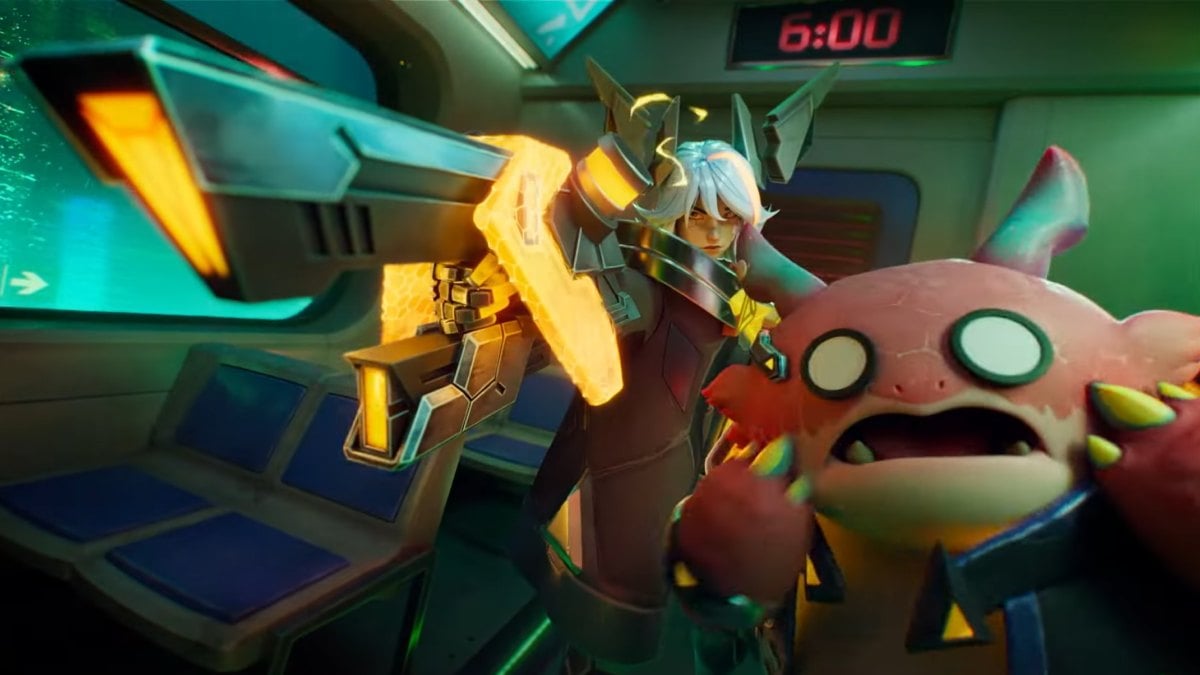
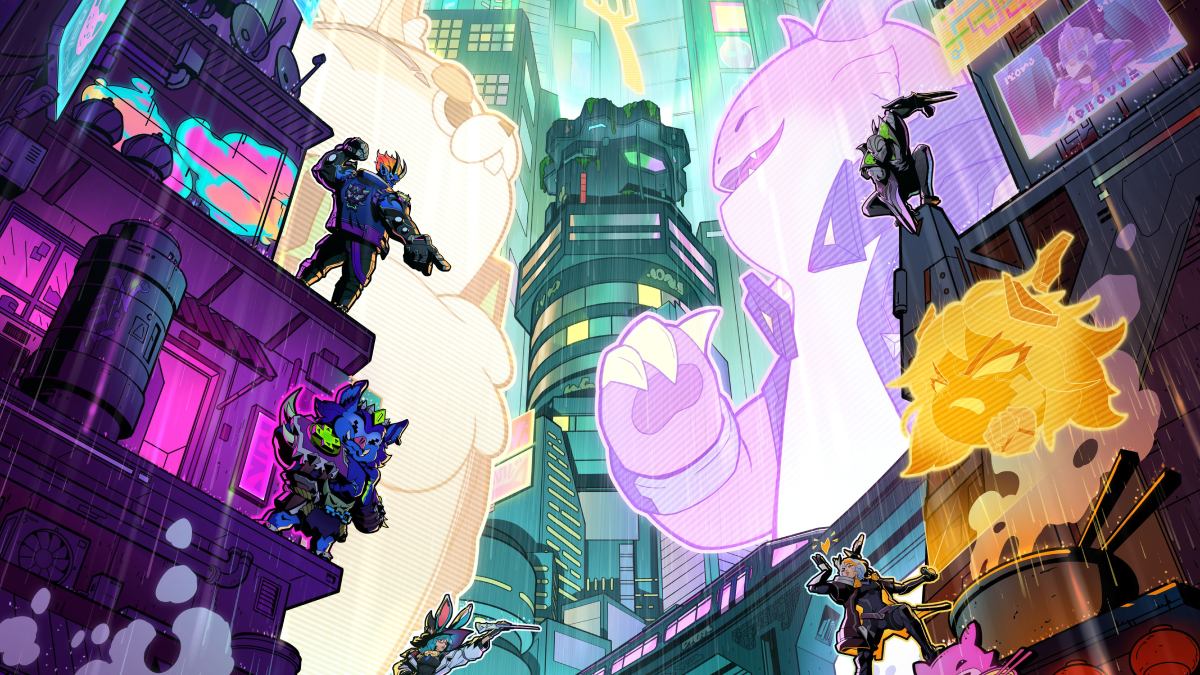
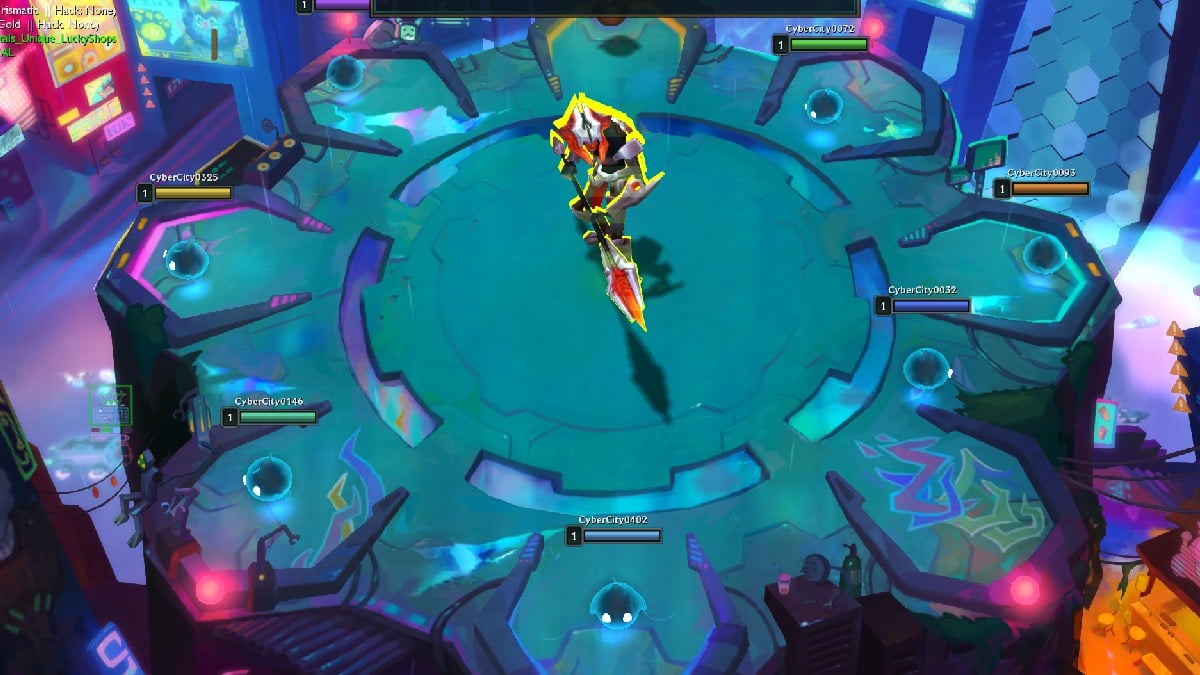
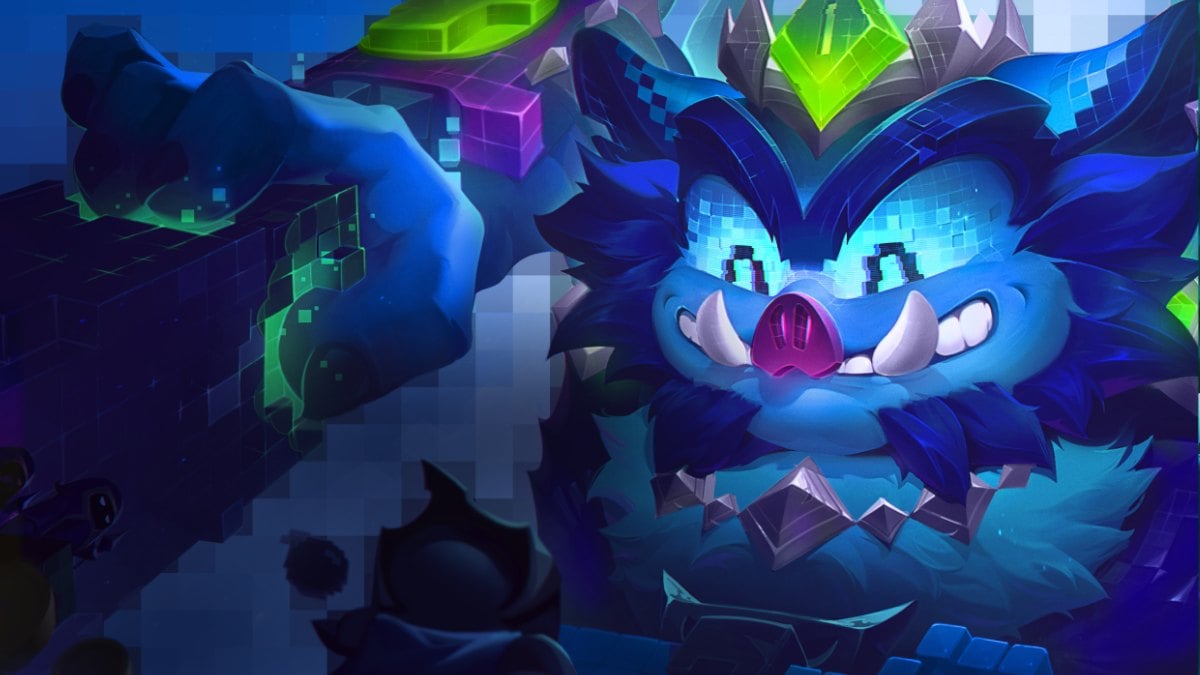
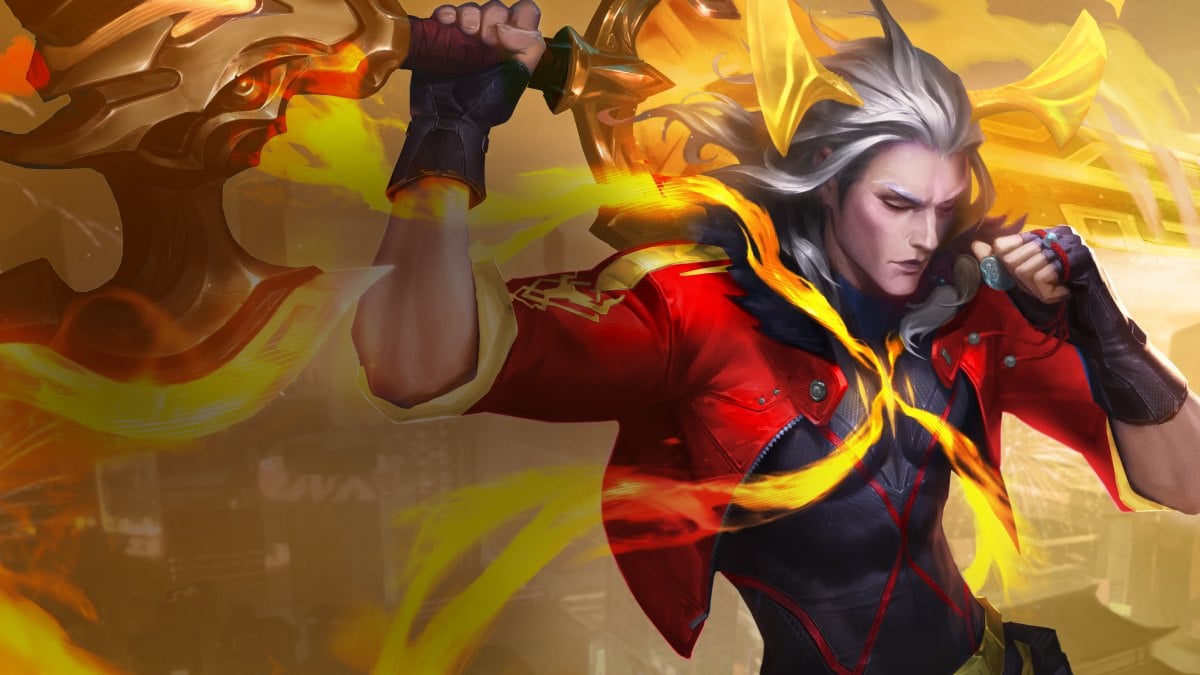

Published: Mar 27, 2020 01:30 pm